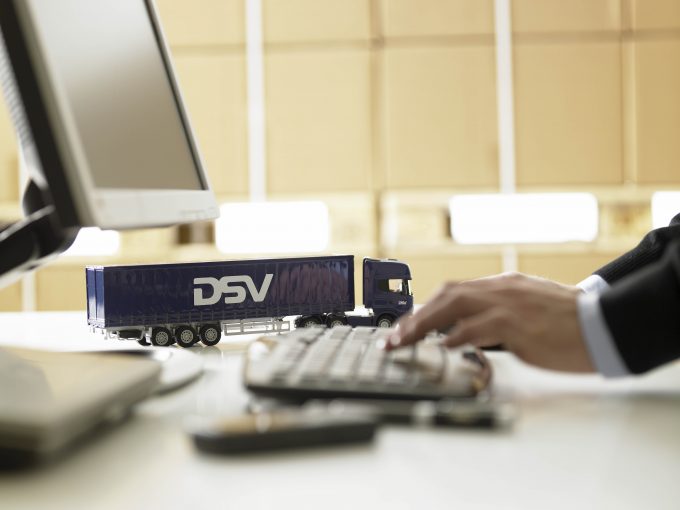DSV announces changes to its executive management team
PRESS RELEASE DSV announces changes to its executive management 15 APRIL 2025 After obtaining all regulatory clearances for ...

Danish freight forwarder DSV delivered a decent trading update yesterday, mostly because its integration of UTi Worldwide appears to be on track, according to executives.
Yet there were scant details about redundancies on a large scale in a follow-up call with analysts, which to my mind is odd, given that lay-offs remain a key value driver for the combined entity, as is the case in any large-scale cross-border merger and acquisitions.
Valuable staff
While its new global HR motto – “Developing staff ...
USTR fees will lead to 'complete destabilisation' of container shipping alliances
Outlook for container shipping 'more uncertain now than at the onset of Covid'
Flexport lawsuit an 'undifferentiated mass of gibberish', claims Freightmate
Cancelled voyages take the sting out of spot rate declines this week
Shippers warned: don't under-value US exports to avoid tariffs – 'CBP will catch you'
Blanked sailings in response to falling demand 'just a stop-gap solution'

Comment on this article